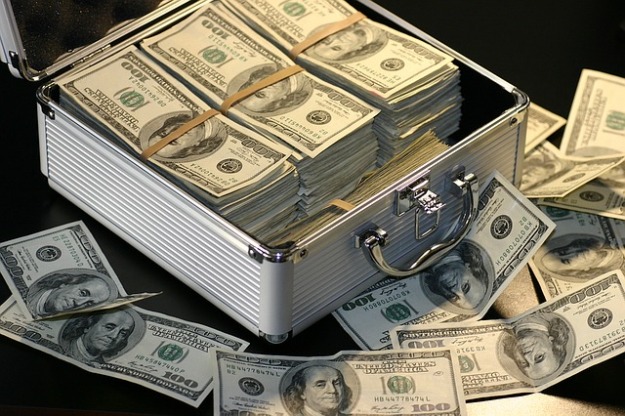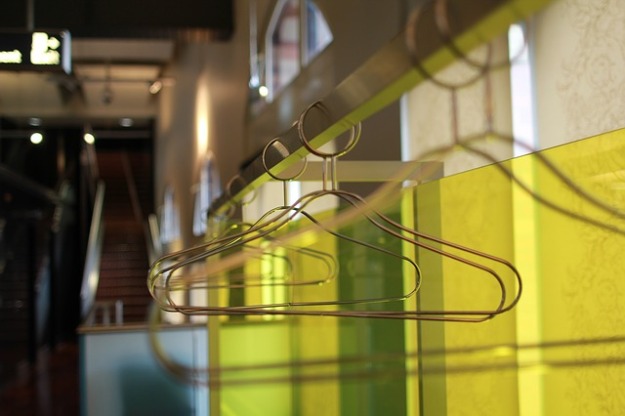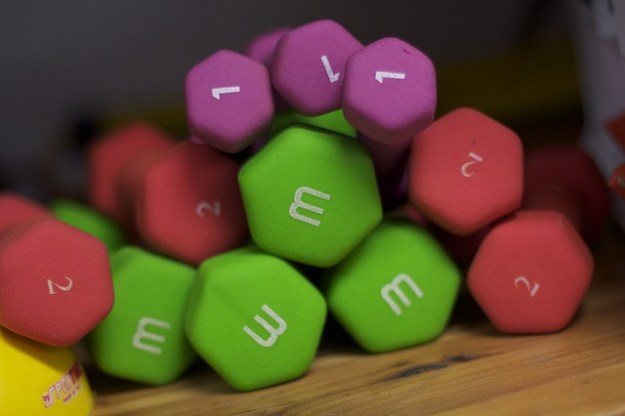Along with many other women, I’m fascinated by the way French women appear to create endless outfits with minimal wardrobe resources.
A WhoWhatWear post caught my eye the other day and I thought I’d share my version of it.
The article says that the five-piece French wardrobe concept hit the Internet around 2014. It makes sense in these days of KonMari’ing everything and culling our closets to manageable sizes. I generally fail in the “culling” department, despite regular clear-outs, but I aspire to only have items that fit well, look good, and hold up.

French in Five Steps overall guidelines:
- Start with quality basics in every category, and eliminate clothing that you don’t love to wear. Buy new basics to fill any gaps, choosing quality over quantity (even tee shirts should be well-made).
- Limit additional purchases to five non-basic items per season (once in spring/summer, once in fall/winter) to stay current and reflect your personality. Don’t spend too much on passing fads!
- Edit your closet at least once a year and ditch anything that’s irreparably worn, stained, doesn’t fit, or simply isn’t “you” anymore, no matter how much it cost. Then make a list of what should be replaced and don’t get distracted by items you don’t really need.
The five-piece approach is intended to help you build a wardrobe that feels true to your own aesthetic, works year-round and stands the test of time. The result: less money spent on items you won’t love long term, less time trying to figure out what to wear, and a newfound feeling of deep satisfaction with your wardrobe.
The WhoWhatWear post credits blogger AfterDrk for these helpful guidelines. Add or subtract based on your own needs (for instance, after a certain age leather pants may be off the table and I personally find the idea of one day bag a bit too limited).

THE BASICS
TOPS
- Silk Blouse
- White Button Down
- Black Dress
- Boyfriend Blazer
- Cashmere Sweater (don’t cheap out and it will last for years)
- 3 T’s: black, white, grey (I love Majestic Filatures and James Perse)
- 3 Tanks: black, white, grey
JACKETS
- Leather (black is timeless; brown is less harsh after age 50)
- Trench
- Black Suit
- Seasonal Coat
SHOES
- Black heels/stilettos
- Mid-heel ankle boot
- Classic flats (loafers, ballets)
- Summer sandals (espadrilles for city)
- Sneakers (Parisians love Converse; I’m a big fan of Woman by Common Projects too)
BOTTOMS
- Black pants
- Skinny jeans (blue of course; white works year-round)
- Wider-leg jeans (boyfriend, trouser)
- Leather pants (but avoid “mutton dressed as lamb” – you’ll know when you hit it!)
- Black skirt
- Black shorts (Over 40? Proceed with caution and a full-length mirror)
ACCESSORIES
- Watch
- Diamond studs
- Everyday ring
- Signature necklace
- Clutch for evening
- Leather day bag
- Silk scarf
Does this approach work for you? I’d love to know! xx







 Younger readers may think this is an issue that only affects their parents or grandparents. Not so fast: apparently the seeds of dementia can be sewn in our 30’s, 40’s and 50’s — up to three decades before the disease appears full-blown. Yowza.
Younger readers may think this is an issue that only affects their parents or grandparents. Not so fast: apparently the seeds of dementia can be sewn in our 30’s, 40’s and 50’s — up to three decades before the disease appears full-blown. Yowza.





